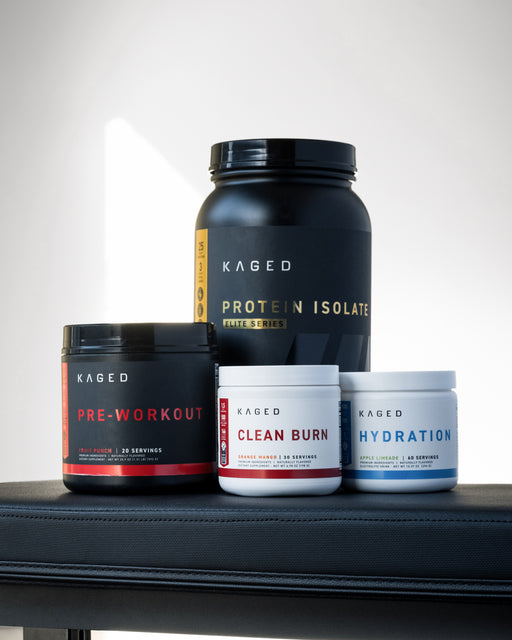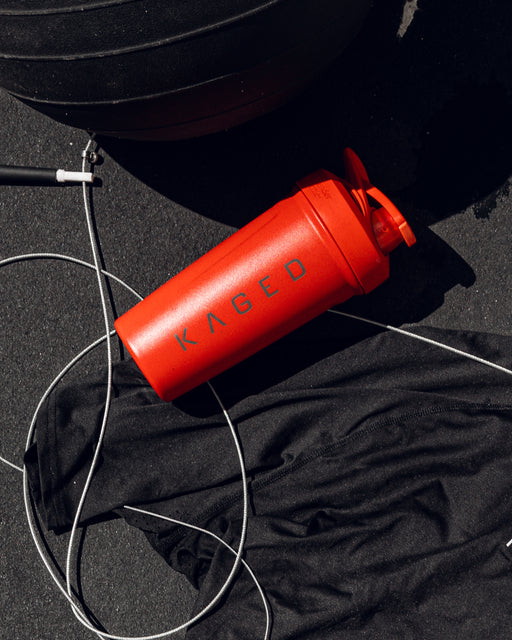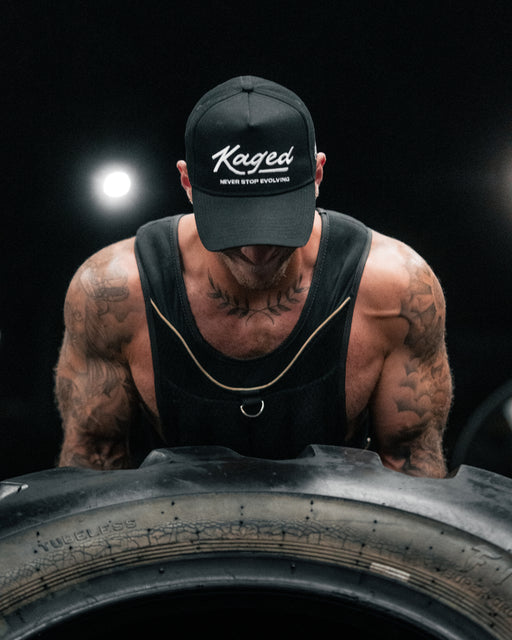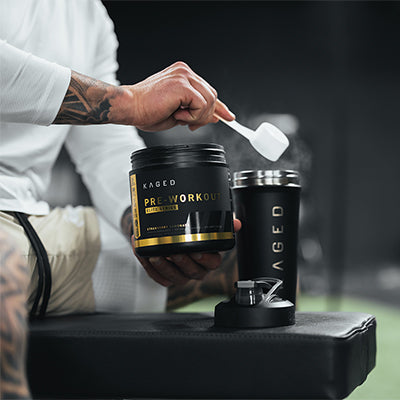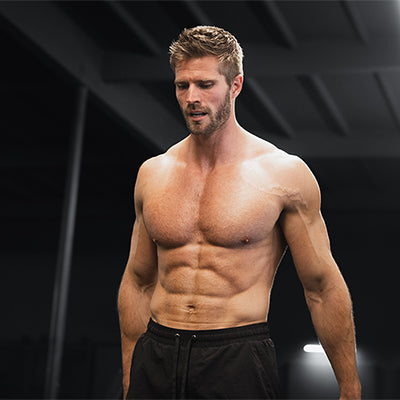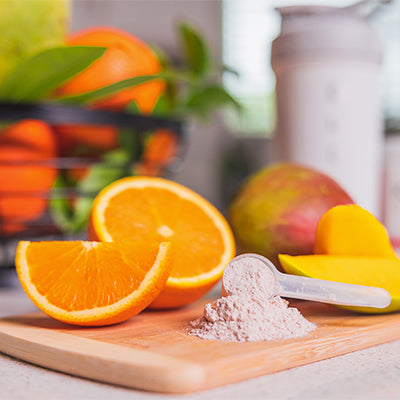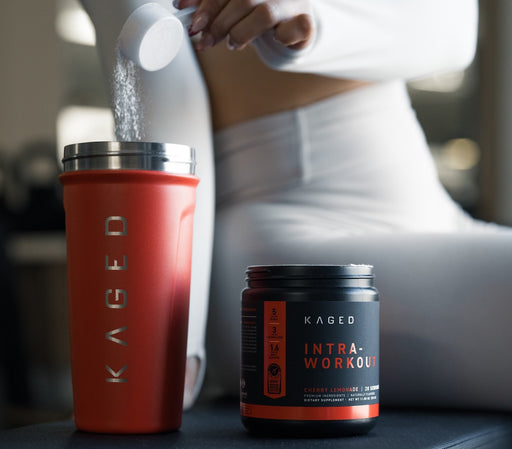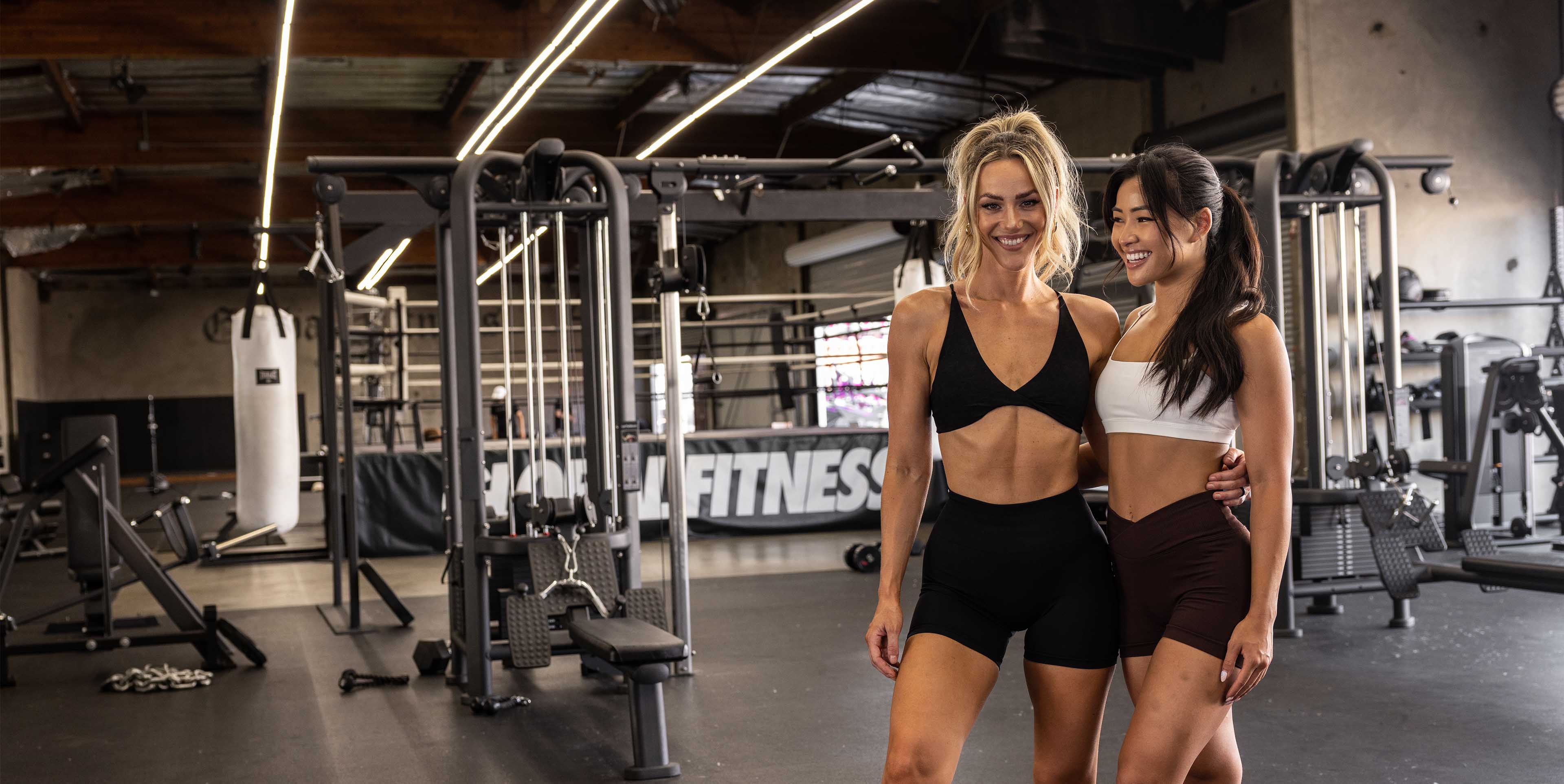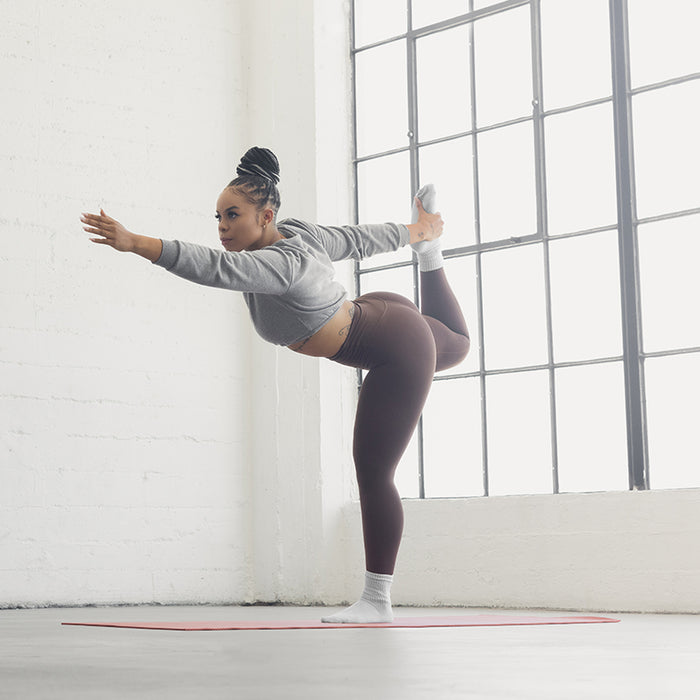When it comes to making real progress in the gym, two of the biggest variables for building strength and muscle are training frequency and training volume.
Get these wrong, and you risk stalling or burning out.
Get them right, and you’ll build strength and muscle more efficiently.
In this guide, we’ll break down what each term means, how they affect your results, and how to balance them and their trade-offs depending on your experience, recovery, and goals.
What Is Training Frequency?
Training frequency refers to how often you train a specific muscle group or lift over a given time period, usually per week.
For example, if you train legs on Monday and Thursday, your lower body training frequency is two sessions per week.
Frequency can also refer to how often you perform a particular lift, like bench pressing three times per week.
A higher training frequency spreads your weekly workload across more sessions. That typically means doing fewer sets per workout, but hitting the same lifts or muscles multiple times throughout the week.
A lower training frequency, on the other hand, packs more work into each session but trains the lift or muscle less often.
Example:
-
High frequency → Squat 3× per week, 3 sets each time
-
Low frequency → Squat 1× per week, 9 total sets in one session
Both approaches can build strength and muscle.
What Is Training Volume?
Training volume is the total amount of work you do in your training, and it’s one of the most powerful drivers of progress in the gym.
It’s typically calculated as:
Volume = Sets × Reps × Load (weight)
For example:
3 sets × 5 reps × 200 lb = 3,000 lb of total volume for that exercise.
Higher training volumes generally create more mechanical tension and metabolic stress, which can stimulate greater muscle growth if you can recover from it.
Too much volume without adequate recovery can quickly lead to fatigue, plateaus, or even injury.
Frequency and volume are closely linked: spreading your total weekly volume across more sessions can help you maintain higher quality sets, whereas cramming all your volume into a single day can push you closer to fatigue.
Frequency vs. Volume for Strength
When it comes to building pure strength, both frequency and volume matter—but how you balance them depends on your training level and recovery. Here’s a practical way to think about it:
Beginners: Prioritize Frequency
If you’re new to lifting, training a lift or muscle 2–4 times per week with moderate volume per session is ideal.
-
More frequent exposure improves technique and neural efficiency, which are key drivers of early strength gains.
-
Keeping the sets per session low (e.g., 3–4 working sets) helps avoid excessive fatigue while letting you practice the movement often.
Example: Squat 3×/week for 3 sets of 5 reps, focusing on good form and progressive overload.
Intermediate Lifters: Balance Frequency and Volume
Once you’ve built a base, aim for 2–3 weekly exposures per lift and gradually increase total weekly volume.
-
You’ll still benefit from regular practice, but your sessions can tolerate a bit more work (e.g., 4–6 sets per session).
-
Alternate between lighter technique-focused days and heavier top sets to keep performance high.
Example: Bench press twice per week—Day 1 heavy (5×3), Day 2 lighter (3×5) with a focus on bar speed.
Advanced Lifters: Let Volume Drive Progress
For experienced lifters moving serious weight, frequent max-effort sessions can fry the nervous system. Most thrive on lower frequency (1–2× per week) per lift with higher per-session volume.
-
This allows for big overload sessions, followed by plenty of recovery.
-
You might keep a light technique or accessory day, but heavy days are spaced out.
Example: Deadlift heavy 1×/week (5–6 sets), with a lighter RDL or speed pull day later in the week.
| Level |
Frequency per Lift |
Sets per Session |
Key Focus |
| Beginner |
2–4×/week |
3–4 sets |
Technique + neural gains |
| Intermediate |
2–3×/week |
4–6 sets |
Balance practice + overload |
| Advanced |
1–2×/week |
5–8+ sets |
Big overload + recovery |
Frequency vs. Volume for Muscle Growth
For muscle growth, the research is clear: total weekly volume is the main driver of hypertrophy, but frequency shapes how you can best achieve that volume without tanking your performance.
1. Hit Each Muscle 2–3 Times per Week
-
This range works best for most lifters, allowing you to split your weekly sets into manageable, high-quality sessions.
-
Example: Instead of doing 15 chest sets in one brutal session, do 8 sets on Monday and 7 on Thursday. You’ll lift more total weight and recover faster.
2. Use Frequency to Manage Fatigue
-
High-frequency training can make volume feel easier. Instead of burning out in a single marathon session, you spread the work out so you can push harder each time.
-
If your schedule allows, upper/lower splits or push/pull/legs setups work perfectly here.
3. Adjust Based on Recovery and Lifestyle
-
If you can only train 3 days a week, higher per-session volume is fine—but you’ll need to manage intensity carefully.
-
If you train 5–6 days a week, you can use higher frequency with moderate volume per day to maximize quality and avoid burnout.
Practical Hypertrophy Guidelines
| Level |
Frequency per Muscle |
Total Weekly Sets |
Ideal Split Example |
| Beginner |
2×/week |
10–14 |
Full-body 2–3×/week |
| Intermediate |
2–3×/week |
12–20 |
Upper/Lower, Push/Pull/Legs |
| Advanced |
2–3×/week |
15–25+ |
High-frequency split, specialization blocks |
The Case for Frequency
Many will argue that in order to see excellent strength gains, a high frequency of training is essential. People in this group tend to only do a few sets per workout, but hit that same exercise and muscle group a few times per week.
For example, they might hit bench, squats, and rows on Monday, Wednesday, and Friday, then hit deadlifts and pull-ups on Tuesday and Thursday. Each day they’re only doing two or three working sets, thus there isn’t a very high accumulation of fatigue, which allows them to train the same muscle multiple times in a week.
The outlook with this approach is that with doing just a few sets per workout, you avoid overly taxing the muscle and keep the body feeling “fresh” and not run down. This allows you to give 110% to each set that you complete.
The Case for Volume
On the other hand, you have the proponents for volume. These people are of the thought process that it’s better to hit each main lift hard, using a lot of volume when you do it, and then allow for a longer time for rest, recovery, and adaptation.
These trainees might only hit squats, bench, and rows on Monday and Friday, and then hit deadlifts and pull-ups on Wednesday. On the following week, they reverse that cycle to ensure a good balance is maintained.
While they aren’t hitting each lift as frequently, they’re doing five or more sets of each lift in every session they do. And each set is taxing on the body, so they really push their body to the limit.
The thought process behind this approach is that by doing so much volume per session, you can essentially come very close to overreaching your body. Then, when you back off and thoroughly rest that muscle, your body will overcompensate and make progress in terms of your strength.

Finding Your Perfect Plan to Balance Frequency and Volume
When it comes to structuring your training week, two key factors will help you find the right mix:
-
Your Training Experience
-
Your Recovery Capacity
1. Match Your Frequency and Volume to Your Training Experience
Your training age, how long you’ve been lifting, has a big impact on how much volume and frequency you can handle.
Beginners:
-
Should train each muscle or lift more frequently (2–4×/week) with lower per-session volume. In practice, this looks like full-body workouts.
-
Early on, your weights are relatively lighter. Lifting 100 lb is challenging, but it doesn’t create the same joint, tendon, and nervous system stress as 400–500 lb.
-
Frequent, moderate sessions help you build skill, recover quickly, and make rapid strength gains without burning out.
Intermediate Lifters:
-
Can handle more total weekly volume, but still benefit from 2–3 exposures per week for key lifts.
-
At this stage, alternating between heavy and lighter days within the week is a smart strategy.
Advanced Lifters:
-
Often need to reduce frequency to 1–2×/week for very heavy lifts and increase per-session volume.
-
The absolute loads are so high that frequent max-effort sessions can lead to overtraining or injury. Spacing big sessions apart lets the nervous system and connective tissues fully recover.
2. Factor In Your Recovery Ability
Even the best program will fail if your recovery can’t keep up. Recovery capacity varies widely from person to person, depending on factors like:
If you’re not sleeping well, eating enough, or managing stress, hitting the same lift 3–4 times per week might run you into the ground.
In that case, it’s smarter to shift toward lower frequency and slightly higher volume per session, giving your body more time between hard efforts.
On the other hand, if you’re well-rested, eating plenty, and managing stress, higher frequency training may let you get in more total quality work without feeling beat up.
Conclusion: Find the Balance That Works for You
The frequency vs. volume debate has been around for decades, but the truth is that both are powerful tools—you just need to use them strategically. For strength, total volume spread intelligently across the week often gives you the best blend of intensity and recovery. For muscle growth, consistently hitting each muscle group 2–3 times per week with enough quality sets typically drives the best results.
Remember: there’s no one-size-fits-all formula. Your ideal balance depends on your training age, recovery capacity, and goals. Start with a solid baseline, track your performance, and adjust either frequency or volume—not both at once—to find your sweet spot over time.
If your main goal is building muscle, check out our guide to techniques that build muscle and make sure your nutrition supports growth with these five muscle-building foods. And if you want to train harder and recover better, the right pre-workout can help you make the most of every session.






